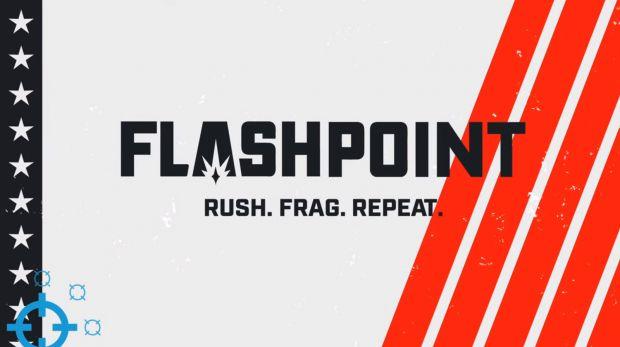The Flashpoint business model aims to change the way esports events are run, redefining the relationship between tournament organizer and team owner.
The conclusion of Flashpoint 1 saw MAD Lions taking home gold, earning a massive $500,000 for their efforts, followed by MIBR placing 2nd and HAVU placing 3rd. The production had a unique feel to it and was on par with any tier one event. This doesn’t come as a surprise given the high caliber of talent involved.
The rest of the results from Flashpoint 1 can be found here.
The Inception of Flashpoint 1
If you have been following how the CSGO ecosystem developed over the last few years, you might be aware of a problem that tournament organizers (TOs) and team owners have been facing. The problem is that neither of them are generating significant profit and have difficulties monetizing in the current model, with players making considerable amounts of money as their salaries have grown over the years.
The CSGO ecosystem operates in a ‘free-for-all’ nature, with Valve having limited involvement. Any tournament organizer can enter the market, creating a highly competitive space. As tournament organizers compete with each other, operating costs have risen as they continuously try to put on better and better events, resulting in the costs of participating in this ecosystem rising at a faster rate than the ability to monetize. On the side of the team owners, player salaries have steadily grown to the point where many believe them to be highly inflated.
So from my understanding, the inception of Flashpoint really revolves around this problem and trying to find a solution to it.
How Flashpoint Differs
The model that the Flashpoint project is using takes the traditional tournament organizer out of the equation. Instead, the teams participating will buy-in to the tournament and become partners, each owning a share of the league. This entity then hires a tournament operator to actually run the physical event. This is a very simplified version of how it will all work, but this is my understanding of it.
This all sounds interesting enough, but you may be asking, “Why would the team owners want to do this and essentially take over the traditional TO role if all TOs don’t really make any profit as it currently stands?” Well, the idea is that these team owners will be able to generate more revenue and monetize Flashpoint better. They will be able to use their knowledge and expertise in creating revenue streams through sponsorship opportunities and other means more effectively than the traditional TO currently does while maintaining control over the whole process.
The idea seems reasonable and is a step towards addressing a big problem that the CSGO ecosystem faces. In order for this to work as intended, though, the teams involved need to be able to achieve these higher levels of monetization. Whether or not they can do that has yet to be seen.
Conclusion
Hopefully, in the future, Flashpoint will be able to partner with a few more big-name brands in the scene, growing from strength to strength and achieving a better monetization model. Whether you have any brand loyalty to a specific tournament organizer or not, the Flashpoint project is trying a different approach, ultimately aiming to build a healthier ecosystem for CSGO, and I personally hope they succeed. It could be a model that allows CSGO to grow even further in the future while being a viable model for other esports.

